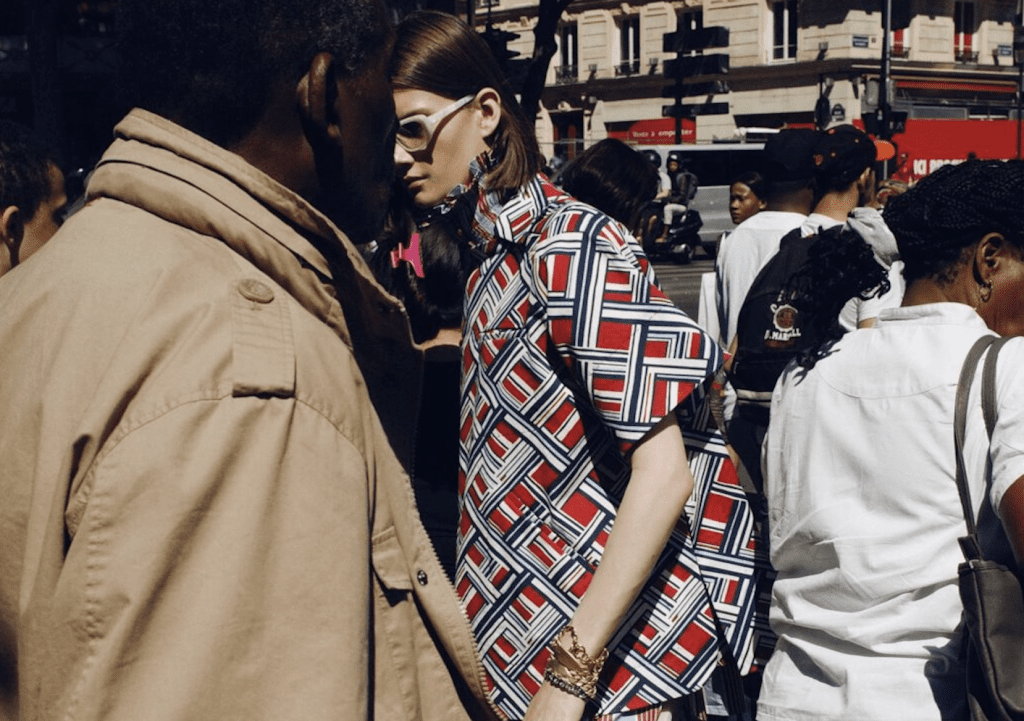In recent years, high fashion and luxury brands have had China to thank for lackluster sales growth. Last year, Chanel International BV, the Dutch holding company that is part of the Chanel empire, reported that it had experienced a 9 percent drop in sales in 2016, with analysts blaming a lack of spending in Asia as a key culprit. Burberry and Richemont similarly struggled “as mainland Chinese consumers scaled back spending on luxury goods amid Beijing’s anti-corruption campaign and cooling economic growth.”
Changes in spending, however, are on the horizon. As recently as last month, Prada reported that sales were up in China, and were climbing by nearly 10 percent. Early this month, LVMH Moët Hennessy Louis Vuitton pointed to demand from China as helping to drive another quarter of rapid growth for the Paris-based conglomerate, which owns Louis Vuitton, Christian Dior, Givenchy, Celine and Loewe, among other fashion and non-fashion brands. Rival Kering, which owns Gucci, Balenciaga, and Bottega Veneta, and Birkin bag-maker Hermès have also benefited from renewed demand in China.
Such spending is in line with what McKinsey reported last year as a trend in spending: “Chinese consumers are increasingly trading up from mass products to premium products: we found that 50 percent now seek the best and most expensive offering, a significant increase over previous years.”
Consumption appears to be back on track in China, but a shift is underway, one that is seeing Chinese consumers look to “niche high-end brands, as well as bespoke products, as new drivers of luxury consumption,” as Dr. Tina Zhou of Fortune Character Institute, a luxury research consultancy based in Shanghai, told the New York Times. Nick Cakebread, managing director at marketing and communications firm BBDO/Proximity Live in Shanghai, further confirmed this, asserting, “While you still have, and will likely have for many years to come, large groups of luxury buyers attracted to the big luxury brands, we now see a large and growing group of consumers who are shunning these brands in favor of niche players,” including native Chinese brands.
This is a striking move given that just a decade ago, international brands were the only ones synonymous with quality in the minds of Chinese consumers, while local brands were not even in the running. This is beginning to change, according to a recent study put forth by British multinational market research firm Millward Brown. In fact, for the first time, Chinese consumers are actually looking locally for quality products.
Per Millward Brown’s BrandZ Top 100 Most Valuable Chinese Brands report, “The uncertainty consumers in China once felt toward domestic products is gone. Local brands are challenging and beating the global competition, and consumers increasingly believe they’re comparable.” The report, which was released in March, goes on to note, “For the first time ever, Millward Brown research shows local Chinese brands are equal to international brands in Brand Power – the BrandZ measurement of brand equity – meaning they are now in many ways equally competitive.”
As for what has brought about this new approach to luxury spending, many factors are at play. It is safe to say that the Chinese government’s crackdown on corruption, which followed from the conclusion of the 18th National Congress of the Communist Party of China in 2012, has played a significant role in transforming consumer tastes and, as a result, creating the rise and success of more subtle luxury brands. “Luxury consumers in China are now more conscious when it comes to showing their wealth these days. They don’t want to be seen with an obviously expensive watch or carrying the latest designer monogram handbag. Instead, if they do buy luxury they look to brands which are less conspicuous. This has been a boon to ‘stealth wealth’ brands,” per Cakebread.
A new sign of wealth in China is, for many, the shunning of ostentatious logos in favor of quieter luxury with an emphasis on value. With this in mind, the truly wealthy are, according to Cakebread, opting to “distance themselves from the Chinese ‘new rich’ that have traditionally bought those brands associated with big logos.”
“There is no longer a single, one-size-fits-all definition of Chinese consumers. These increasingly discerning shoppers are younger, focused on health, and more brand savvy than ever, and they demand more from the products and services they buy,” said Guan Mingyu, partner of McKinsey & Co.
This will, of course, be good news for the Chinese government, which has been emphasizing home-grown brands, particularly in regards to apparel and accessories, for at least a couple of decades.
* This article is part of a larger series focusing on the state of manufacturing, innovation, and consumer behavior in China.











